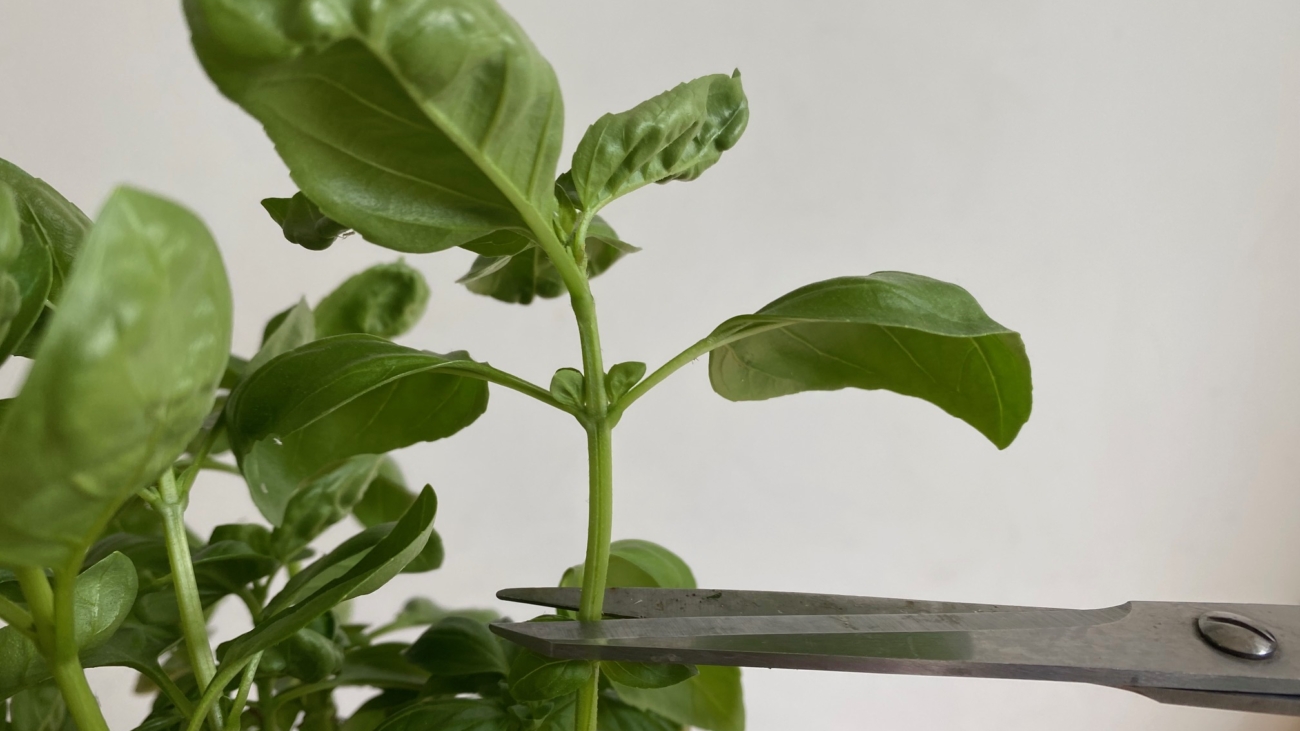Some sustained sunshine and warmth for most of us this week; your plants will enjoy the boost. Get busy on cooler overcast days, sowing, planting and liquid feeding. Where the heat continues, keep up the watering; remember, a good soak every couple of days is better than constantly watering and will help prevent your plants from rushing to produce seed (bolting) too early. Beware plants in pots and containers in peat-free compost will dry out fast.
Keep up the weekly liquid feed of strawberries and tomatoes, and other plants in containers. This is best done on cool, overcast mornings or at night to avoid scorching plant leaves.
Warm, dry weather is great for pulling or hoeing young weed seedlings before they flower; leave them on the soil surface to wilt and break down where they are.
Any plant-filled windowsill, container or growing space can seem frantic at this time of year, hoeing, sowing, watering and now harvesting. Take a minute when the sun shines to focus on your growing plants and enjoy it. And if you are just getting growing, read below and see previous updates there is plenty you can still grow.
For live growing updates from growing groups in Inverclyde and Aberdeen this week see our socials
Peas
Made the headlines this week for their superfood potential, providing essential protein in our diet and not needing additional fertiliser. If you made early sowings your peas will soon be flowering. In this dry spell, ensure they have plenty of water to keep them flowering. You can still sow peas if you have space.
Tomatoes
Will be loving any sunshine going and beginning to flower; bush types need no maintenance aside from watering and a weekly feed. Cordon tomatoes will require regular side shooting. See last week’s updates for more detail on side shotting and hand pollination for indoor tomatoes.
Berries
Keep up a good regular soak as the fruits swell. Strawberries undercover will be ready for picking soon.
Newly planted currants and raspberry canes might appreciate a good soak too in the heat and keep them weed free.
Greens
Continue regular sowings, though bear in mind in some areas it might be too hot (!) to sow lettuce, which is more likely to germinate below 20c. So sow lettuce in trays or pots in a shady spot. Branchton Gardening Club in Inverclyde bring us their update here
Herbs
Conitnue sowing of green leafy herbs such as basil and parsley.
Tatties
Need well watered, especially in containers and may need to be earthed up. See One Seed Forward tattie update from growing in Aberdeen here
Finally….
If you have a lawn and joined No May May, you may well be wondering about composting dandelion seed heads or other ‘garden weeds’- go for it! Turning your compost heap every couple of months should ensure your heap gets hot enough to kill off weed seeds and it’s great exercise!







